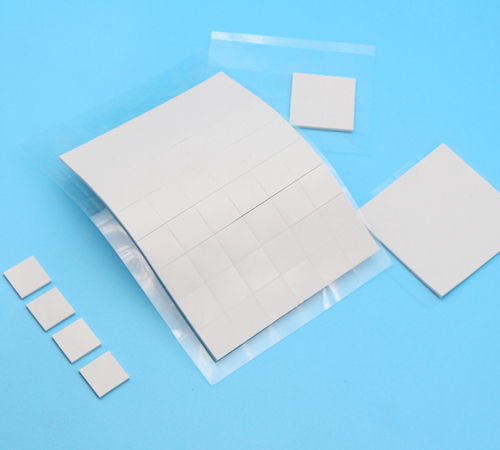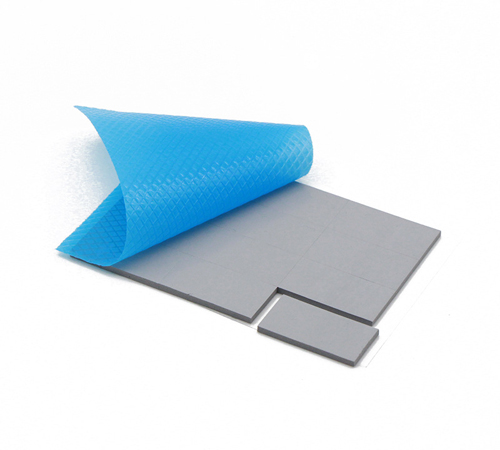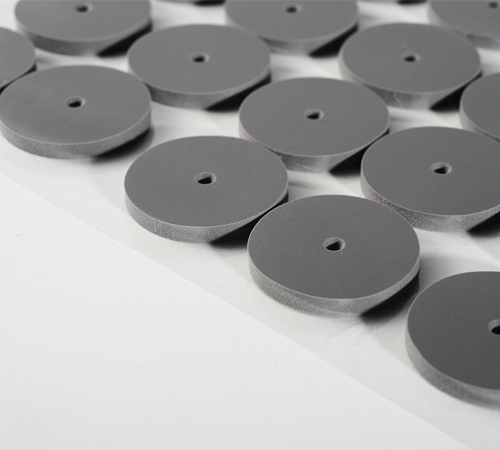Complete Analysis of Bubble Causes in Thermal Silicone Pads and Effective Solutions
Thermal silicone pads, as a crucial thermal interface material, are widely used in electronic devices, LED lighting, automotive electronics, and other fields to improve heat dissipation efficiency. However, in practical applications, the issue of bubbles forming on the surface or inside the thermal silicone pads often affects their performance and reliability. NFION will explore the causes of bubble formation in thermal silicone pads and suggest effective treatment methods to help industry professionals address this issue.
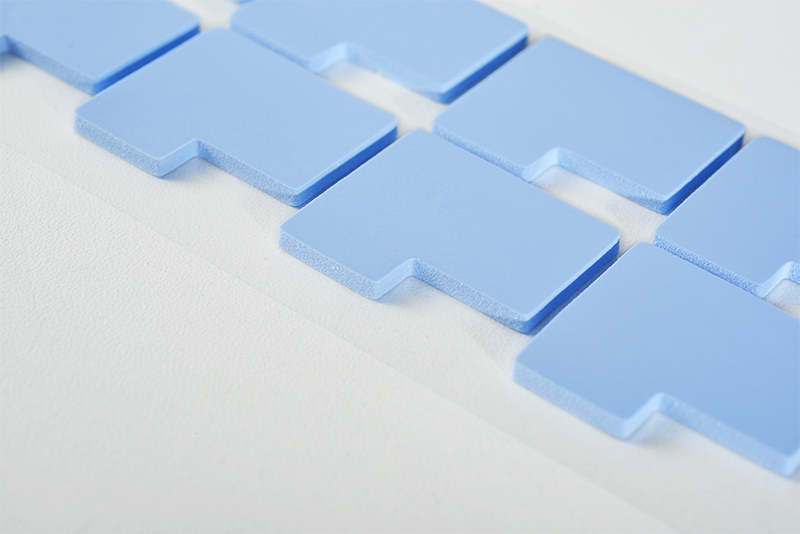
Causes of Bubbles in Thermal Silicone Pads
Material Characteristics
Thermal silicone pads typically consist of a silicone base material and thermal fillers (such as aluminum oxide, boron nitride, etc.). During the manufacturing process, if the materials are not mixed evenly or the fillers are not properly dispersed, tiny gaps may remain inside the material. These gaps can later form bubbles during subsequent processing or use.
Manufacturing Process Issues
● Coating or Calendering Process Defects: If the process parameters (e.g., temperature, pressure, speed) are not properly controlled during coating or calendering, air may become trapped inside the material, forming bubbles.
● Incomplete Curing: The curing process of thermal silicone pads must be strictly controlled in terms of temperature and time. If curing is insufficient, residual volatile substances may be released during subsequent use, forming bubbles.
Storage and Usage Environment
● Moisture Infiltration: If thermal silicone pads are exposed to high humidity during storage or use, they may absorb moisture. When exposed to high temperatures, this moisture may evaporate, forming bubbles.
● Temperature Fluctuations: Significant temperature changes can cause the material to expand or contract, leading to the formation of bubbles at the interface.
Improper Installation
● Uneven Application: If the thermal silicone pad is applied unevenly or the application speed is too fast, air may become trapped between the pad and the contact surface, forming bubbles.
● Inadequate Surface Cleaning: Dust, grease, or other contaminants on the contact surface may affect adhesion, causing bubbles to form.
Effects of Bubbles on the Performance of Thermal Silicone Pads
Reduced Thermal Conductivity
The presence of bubbles can reduce the thermal conductivity of the thermal silicone pad. As bubbles are irregular voids, they increase the material's thermal resistance, thereby reducing heat transfer efficiency and affecting the overall cooling system's performance.
Increased Thermal Stress
Bubbles can increase thermal stress, especially when the thermal silicone pad is exposed to high temperatures for extended periods. Bubbles may expand or contract, causing damage to the pad's structure and destabilizing the heat transfer path, which increases the risk of equipment failure.
Reduced Mechanical Strength
Bubbles can also weaken the mechanical strength of the thermal silicone pad. The voids inside the bubbles reduce the material's density and hardness, lowering its ability to withstand high pressures or loads, which may lead to physical deformation or damage.
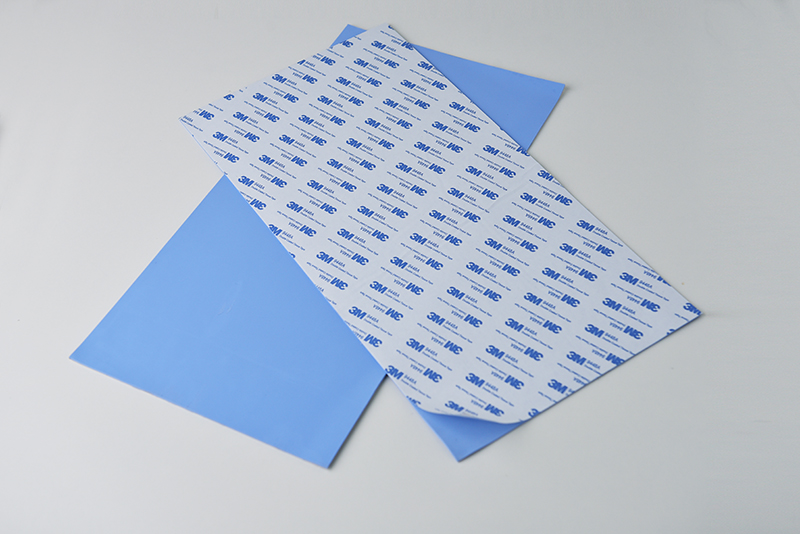
Methods for Treating Bubbles in Thermal Silicone Pads
Optimizing Mixing Processes
● Improving the mixing process of raw materials is critical in the production of thermal silicone pads. By reducing mixing speed or adopting more precise mixing methods, air can be prevented from entering the mixture. Additionally, controlling the mixing time ensures that bubbles are expelled in time, preventing their formation.
● Controlling Coating and Calendering Parameters: Adjusting temperature, pressure, and speed can reduce the likelihood of air being trapped in the material.
Strengthening Vacuum Degassing Treatment
Vacuum degassing is a key process for eliminating bubbles. During production, it is essential to use efficient vacuum degassing equipment and extend the degassing time to fully expel bubbles from the mixture. If necessary, multiple degassing cycles or increased pressure can further reduce bubble presence.
Using Low-Foam Raw Materials
Choosing higher-quality raw materials with lower foaming tendencies is an effective way to reduce bubble formation. Low-foam materials reduce the possibility of introducing air during production, addressing the issue at the source.
Controlling Temperature and Humidity
Controlling temperature and humidity during storage and transportation can effectively reduce bubble formation. Thermal silicone pads should be kept away from high-temperature and high-humidity environments, especially during long-term storage. Proper packaging and shock-proofing can also reduce the risk of bubbles.
Using Defoaming Agents or Antifoaming Agents
Defoaming or antifoaming agents can be added during production to help eliminate bubbles in the mixture. Specialized defoamers for silicone materials are available and can lower bubble content, improving product quality.
Post-Processing Repair and Inspection
Thermal silicone pads with bubbles can be repaired through physical means. For example, heat and pressure can be applied to expand and expel bubbles, restoring the material's thermal conductivity. Additionally, specialized detection equipment can be used to examine bubble distribution and size, ensuring the pads meet design standards.
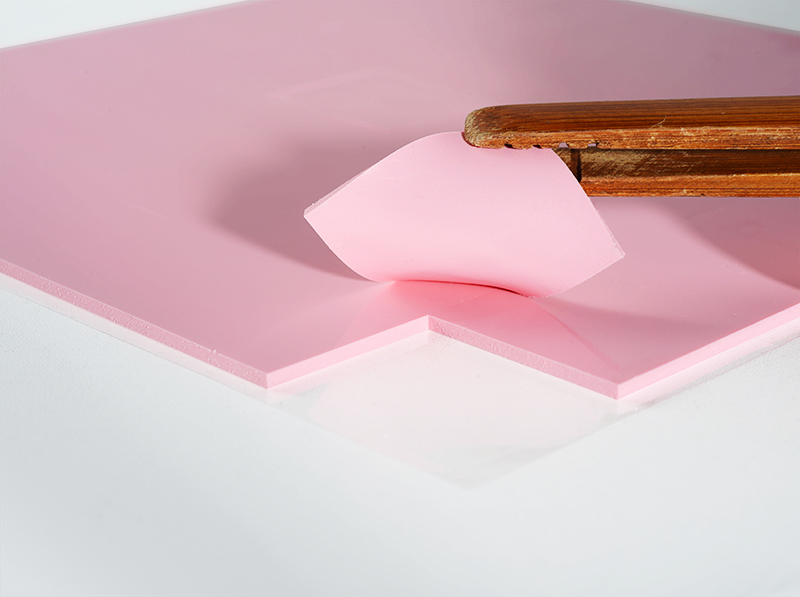
Conclusion
Thermal silicone pads play a crucial role in thermal management for electronic products. However, the formation of bubbles poses a significant risk to their performance and stability. By analyzing the causes of bubble formation and implementing effective treatment methods, we can minimize the impact of this issue on thermal silicone pad performance. As production processes continue to improve and new materials are developed, bubble-related problems in thermal silicone pads will be more effectively controlled, ensuring their widespread use and superior performance in high-end electronic devices.



 CN >
CN >
